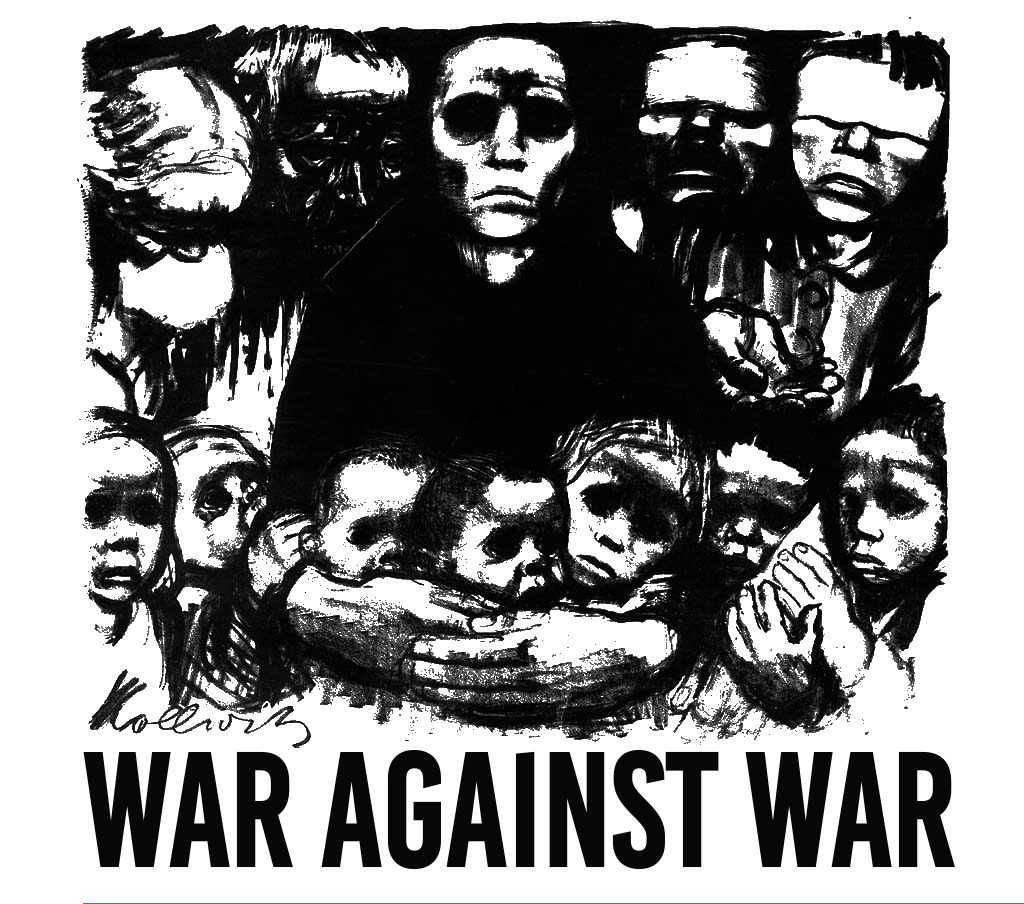Abstract
This article analyzes the foundation of the Latin America Council of Peace Research (CLAIP in Spanish) in 1977 within the complex geopolitical conditions of military coups, lack of democracy, political refugees, Operation Condor, and economic crises. Globally, the geopolitical environment was equally complex with the Vietnam War, Watergate scandal, the School of the America's training militaries in torture, and the rise of the Taliban from the Soviet conflict in Afghanistan. In these adverse conditions, peace research and negotiation of conflicts were crucial. CLAIP developed to meet these needs over a five-phase process of consolidation: 1. Foundational; 2. Expansion toward whole Latin America; 3. Fragmentation and specialization of peace research; 4. Development of hybrid and amalgam peace theories, and 5. The emergence of different regional approaches focusing also on gender perspective. This convergence has yielded more holistic paradigms that address the multifaceted threats to positive peace posed by the global response to COVID-19. The article explores the potential for an integrated human, gender, and environmental, an engendered peace paradigm—called the HUGE model—to guarantee even the most marginalized women and girls a peaceful and secure future development in the subcontinent—even in the aftermath of the pandemic.
This was originally published on Wiley: Peace & Change: Table of Contents.
